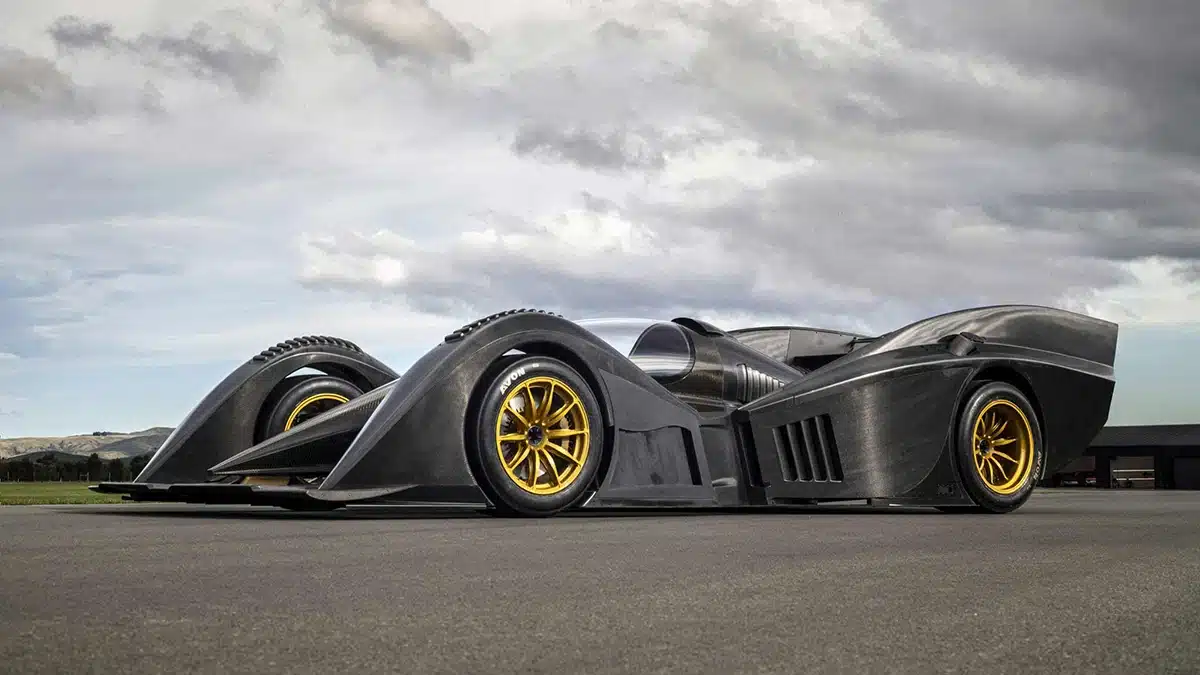Is this strange yet familiar fan car a worthy McLaren F1 successor?
Gordon Murray’s new T.50 made a huge splash in the motor industry when it was revealed in August. It’s got his famous name behind it, has a fan on the back of it and, for some reason, looks a lot like the McLaren F1.

Well, for the uninitiated, that would be because Murray is the person behind the legendary McLaren F1’s design. Using his experience in designing Formula One cars in the 70s and 80s, Murray was able to create the supercar that was severely ahead of its time and would shine on as one of, if not the, greatest supercar ever made.
Now, 28 years later, Murray has unveiled another supercar of his design. Is it any good? Does it hold a light to the F1? Let’s discuss.
Murray calls it ‘the ultimate analogue supercar’ which is a very bold claim. The T.50 has some unorthodox design choices when compared to the supercars of today, including a manual gearbox, a minimal amount of vents and a big ol’ fan at the back, naturally.
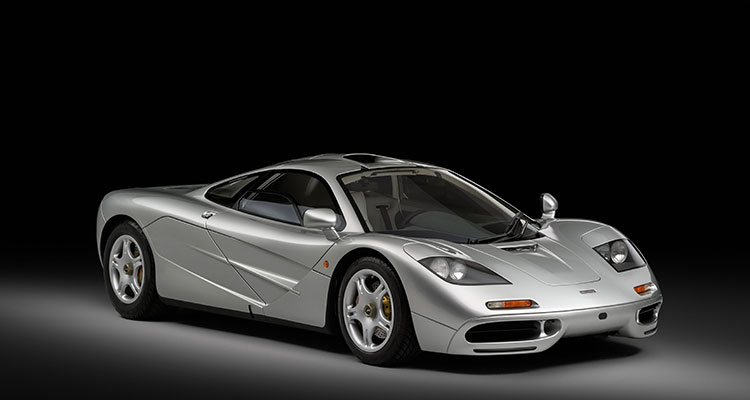
So, as any sensible person would, we’re going to compare it to the car that it looks so much like, the McLaren F1. Released in 1992, the F1 became the world’s fastest production car with a top speed of 240.1 mph. It also stood out thanks to its unusual and mostly unheard of seating arrangement, with the driver sitting in the middle and two passenger seats situated behind on the left and right side, giving a fighter-jet-like experience to those lucky enough to drive one.
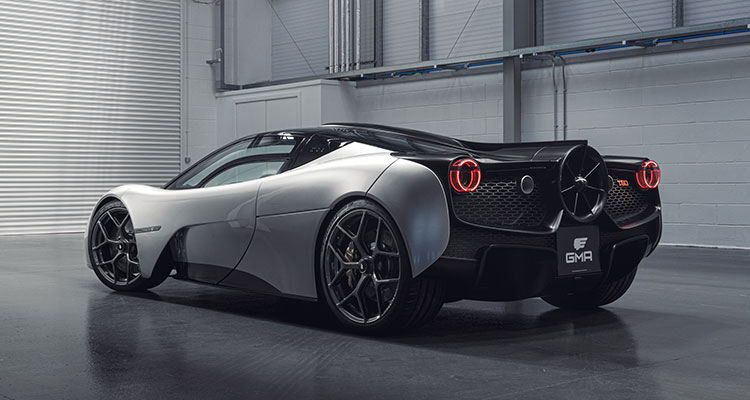
The McLaren F1 was powered by a BMW-derived 6.1-litre V12 engine producing 618hp. A point could be given to the new T.50 when it comes to comparing engines, because the T.50’s engine is totally unique, sharing zero parts with any other engine and made bespoke for the car. It’s a lot more potent as well, with a displacement of just 3.9 litres yet it produces 654 hp. Both the F1 and T.50 have engines that are naturally aspirated, as Gordon Murray famously insists that adding turbos or superchargers only makes the car more complex, less reliable and takes away from the driver experience due to input lag.

The V12 in the T.50 is the highest revving engine ever made. If that wasn’t enough, it’s also the engine with the fastest response time and the highest power density ever made.
Although both the F1 and the T.50 exclusively use manual gearboxes, the T.50’s box is nearly 10kg lighter than the one found in the F1 and if you want to be pedantic, the pedal box is 300g lighter too! This manual six-speed gearbox is also the lightest production supercar gearbox, wait for it…ever made.
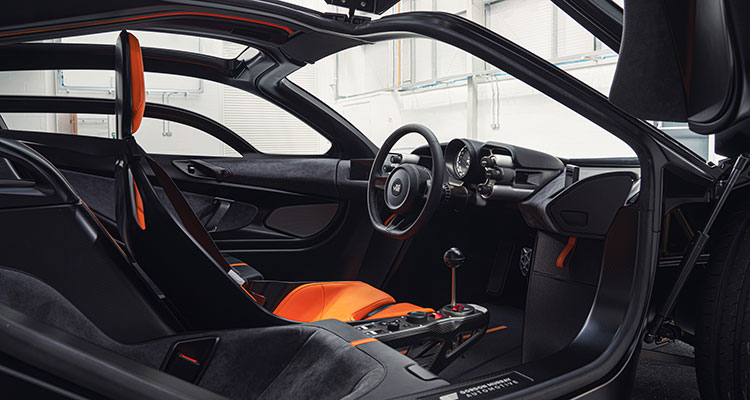
Speaking of weight, the T.50 is an extraordinarily light supercar, weighing in at just 986kg thanks to a minimalistic design approach and light body panels weighing just 150kg in total. Murray has said that ‘Today, the enjoyment of driving has been lost as so many supercars only come ‘alive’ at the upper-ends of their performance capabilities. Chasing a top speed only adds weight (notably through ever-more powerful engines), so the future of true performance cars lies in shedding weight intelligently.’
Sounding like Colin Chapman, Murray has always been about stripping back cars to their basics and making those basics as optimised as possible, rather than just chucking on more turbos, bigger engines, bigger tyres and wheels etc.
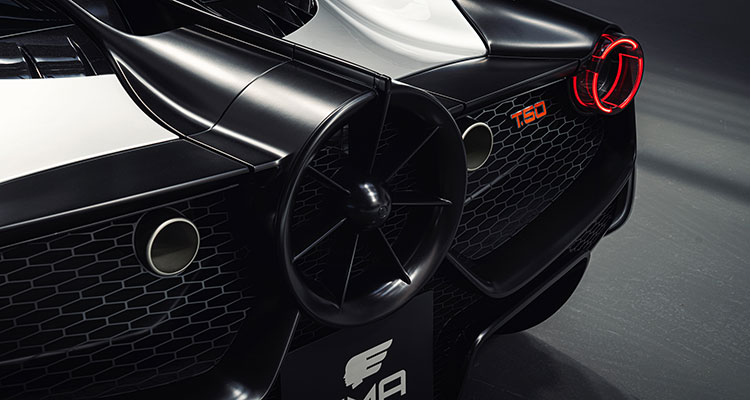
Whilst the McLaren F1 had its showpieces in the form of the 3-seat layout, gold-lined engine bay and incredible top speed, the T.50 has its 400mm rear fan. Other than just making the car stand out and looking intriguing, the fan also serves the purpose of creating downforce and so much more.
Working in conjunction with the active spoilers and diffuser, the fan at the back has six different settings. At least one of these settings is to create great amounts of downforce by essentially sucking choppy air from underneath the car and shooting it up and out of the rear. The various other settings, working with the small spoiler and active diffuser, can adjust downforce, drag and lift to varying degrees to achieve different outcomes for different situations. For instance, one setting called “streamline” reduces drag by around 12% thanks to the clever workings of the car’s aero and fan.
Let us know what you think of the new T.50 in the comments. Is it a worthy successor to the McLaren F1?
For more articles like this, receive our weekly e-newsletter, including partner deals and all things motoring, register your email below.
Please note: You cannot subscribe to Smart-Motoring unless you put a tick in the checkbox below to indicate have read and agreed to our privacy policy.


